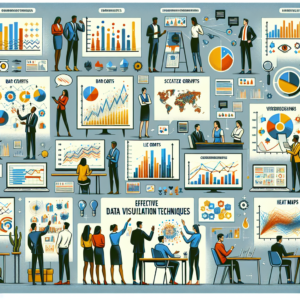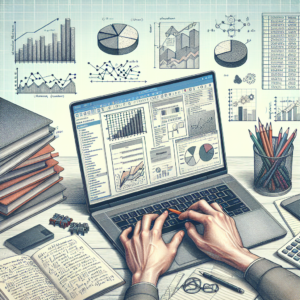Can you imagine a world where machines can see and understand images just like humans? The fusion of machine learning, a subset of artificial intelligence (AI), with image processing technologies, is making this a reality. Machine learning algorithms are proving instrumental in simplifying complex tasks, such as image recognition and object detection, thus transforming the realm of image processing.
Embracing the Power of Machine Learning in Image Processing
The role of machine learning in image processing is pivotal, as it automates the extraction of critical information from image data. Previously, this task involved manual effort and was time-consuming and error-prone. Machine learning, especially deep learning techniques, have ushered in a new era where machines can process vast amounts of image data with high precision and speed.
Machine learning has been revolutionary in improving both the quality and the speed of image processing. It does this by developing predictive models that can learn from previous data and enhance their performance with experience. This improvement in image processing abilities is especially useful in fields that deal with large data sets, such as radiology, where machine learning can help identify patterns and anomalies in MRI scans, X-rays, etc.
Furthermore, machine learning has played a substantial role in the evolution of computer vision, a field closely linked to image processing. It has made possible the development of applications that can understand and interpret the visual world in a human-like manner. This has far-reaching implications, from automated driving systems to surveillance.
Unveiling the Techniques: How Machine Learning Enhances Image Processing
Machine learning algorithms have been extensively used to enhance image processing capabilities. One of these algorithms is Convolutional Neural Networks (CNNs), which are deep learning algorithms used to process visual data. CNNs, with their ability to detect features in an image, have revolutionized image recognition and classification tasks, making them more accurate and efficient.
Another significant technique is the use of Supervised Learning algorithms in image classification tasks. In this technique, the algorithm is trained using labeled data, where each image is associated with a specific category. Once trained, the algorithm can classify new, unseen images into the appropriate categories.
Unsupervised Learning is another machine learning technique used in image processing. Here, the algorithm is provided with a dataset of unlabeled images and left to discover patterns by itself. This technique is especially useful in tasks such as clustering, where images are grouped based on specific features.
Case Studies: Real-World Applications of Machine Learning in Image Processing
The implementation of machine learning in image processing has been employed in various real-world applications. For instance, in healthcare, machine learning algorithms are used for early disease detection, such as diabetic retinopathy, by analyzing retinal images link.
Another example can be seen in the automotive industry, where autonomous vehicles use machine learning algorithms to interpret visual information from cameras and sensors, thereby enabling the car to navigate safely link.
Lastly, in the field of agriculture, machine learning-based image processing is used for precision farming. This involves using drones to capture images of crops and then using machine learning algorithms to analyze these images, identifying any diseases or nutrient deficiencies in the plants link.
Summary: Reflecting on the Transformative Role of Machine Learning in Image Processing
In conclusion, the role of machine learning in image processing has been transformative and far-reaching. With the help of machine learning algorithms, we have been able to automate and enhance the process of image recognition, classification, and understanding. These advancements have impacted various sectors, including healthcare, automotive, and agriculture, among others.
The key to unlocking the full potential of machine learning in image processing lies in developing more sophisticated algorithms and systems. With the exponential growth of data, the need for powerful image processing tools will only grow. Hence, we are still in the early stages of understanding the true potential of machine learning’s transformative role in image processing.
The integration of machine learning in image processing has created powerful tools that have the potential to revolutionize various sectors. As we become more reliant on visual data, the role of machine learning in image processing will continue to grow and innovate. It is an exciting era, where machines have begun to ‘see’, ‘understand’ and ‘interpret’ images, offering endless possibilities for the future.











